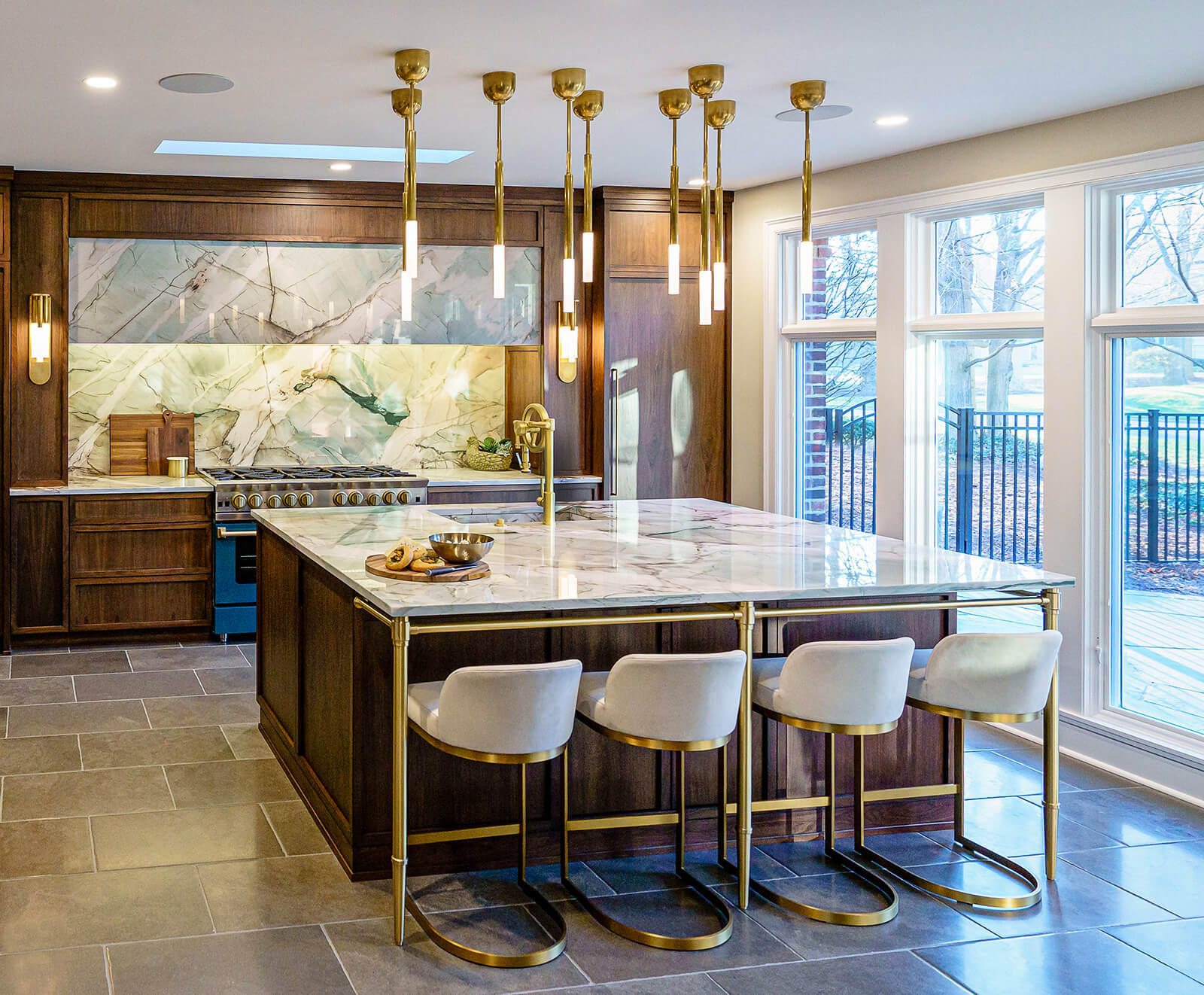An Overview to Picking the Perfect Legs For Kitchen Island for Your Home
Choosing the perfect legs for your kitchen island is a nuanced decision that influences both the capability and aesthetic charm of this central space. As you consider these components, it ends up being apparent that the best legs can transform not just the look of your kitchen yet also its use for years to come.

Comprehending Kitchen Island Legs
When choosing legs for a cooking area island, it's essential to comprehend their useful and aesthetic roles in the general layout. The legs work as a vital support group, guaranteeing security and durability for the island, which commonly operates as a workspace, dining area, or collecting place. Therefore, the option of product and building and construction technique must be robust sufficient to hold up against day-to-day use and potential wear.
In addition to their structural duties, legs contribute considerably to the island's visual charm. They can improve the kitchen area's design, whether with typical, modern, or diverse layouts. The elevation and proportion of the legs are likewise vital considerations; they must harmonize with the island's countertop height while ensuring comfortable seating for those making use of the room.
In addition, the leg layout can affect the general flow of the kitchen. Open, airy leg designs can develop a feeling of lightness, while solid, significant legs might communicate a more grounded and secure aesthetic - Legs For Kitchen Island. Understanding these visual and functional aspects will lead home owners in making educated options that complement their kitchen's layout and improve its usability
Popular Styles and Products
The selection of legs for a kitchen area island incorporates a variety of prominent designs and products, each offering unique attributes that can boost both functionality and looks. Traditional legs normally show ornate details and craftsmanship, improving timeless cooking area designs.

Height and Security Considerations

Security is an additional essential factor to consider. The legs of the kitchen island need to supply appropriate assistance, guaranteeing that the framework can stand up to daily use without tottering or moving. Material option plays a substantial role in stability; metal legs, for instance, have a tendency to offer better toughness compared to timber. In addition, guaranteeing that the island is firmly secured to the floor or wall surface can improve security, especially for larger islands that might bear considerable weight.
Matching Your Kitchen Area Visual
Selecting the best legs for your cooking area island surpasses functionality; it likewise plays a considerable duty in the overall aesthetic of the space. When selecting legs, take into consideration the design style of your kitchen area. For a contemporary appearance, streamlined steel or minimal layouts can develop a tidy, modern vibe. On the other hand, rustic or standard cooking areas usually take advantage of wooden legs with intricate detailing or a distressed finish, enhancing warmth and character.
Legs that enhance or comparison with your island's surface and bordering cabinets can create aesthetic harmony or striking focal factors. Furthermore, consider the coating of the legs; matte, glossy, or distinctive surfaces can significantly influence the overall feeling of the kitchen area.
Installation and Maintenance Tips
Installing kitchen area island legs requires cautious attention to information to ensure both security and aesthetic charm. Begin by selecting an appropriate location for your island, ensuring it is degree and has sufficient room for motion. If you are affixing the legs to a wall or utilizing braces for added support, make use of a stud finder to locate wall surface studs. Mark the placement of the legs precisely prior to drilling.
When protecting the legs, make use of high-quality screws and, if necessary, timber glue for added stamina. For metal legs, guarantee that you are making use of proper supports and devices to avoid damages to your floor covering. It is advisable to look for helpful site levelness after setup, making changes as required to stay clear of wobbling.
Tidy the legs with an appropriate cleaner, staying clear of unpleasant products that may scratch the surface area. By adhering to these setup and maintenance tips, you can ensure that your cooking area island legs continue to be both practical and visually appealing.
Conclusion
To conclude, selecting the ideal legs for a kitchen area island necessitates mindful consideration of height, stability, and aesthetic compatibility. By choosing suitable Website products and styles that straighten with the general kitchen layout, performance can be enhanced while keeping visual appeal. Appropriate setup and continuous maintenance better add to the sturdiness and longevity of the kitchen area island. Ultimately, thoughtful leg option plays a vital function in elevating both the usefulness and style of the cooking area area.
When selecting legs for a kitchen area island, it's important to comprehend their functional and aesthetic roles in the general layout. Open, airy leg styles can produce a feeling of agility, while solid, considerable legs might share a more grounded and steady visual. The legs of the kitchen island ought to provide adequate support, making certain that the framework can withstand day-to-day usage without changing or wobbling.Setting up kitchen area island legs calls for cautious attention to information to guarantee both security and aesthetic charm.In verdict, picking the proper legs for a cooking area island visit their website necessitates cautious factor to consider of elevation, stability, and visual compatibility.